Exhibit and sponsor deadline March 9!
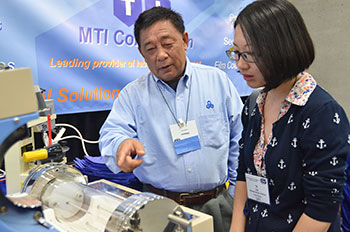 Don’t miss the opportunity to sponsor or exhibit at our largest spring meeting ever! Join us as ECS heads to the Seattle Sheraton and Washington State Convention Center in Seattle, WA from May 13-17, 2018, for the 233rd ECS Meeting. This is a can’t miss event for electrochemists and solid state scientists, featuring over 2,600 abstracts in over 50 symposia.
Don’t miss the opportunity to sponsor or exhibit at our largest spring meeting ever! Join us as ECS heads to the Seattle Sheraton and Washington State Convention Center in Seattle, WA from May 13-17, 2018, for the 233rd ECS Meeting. This is a can’t miss event for electrochemists and solid state scientists, featuring over 2,600 abstracts in over 50 symposia.
In addition to long running symposia on batteries, semiconductors, fuel cells, fullerenes, and luminescent materials, the Seattle meeting will also explore newer areas such as materials recycling, data science for modeling and design, consumer products, and flexible electronics.
This meeting is the perfect opportunity to get your products and services in front of our specialized audience of leading scientist and engineers!
Reserve a booth or browse our sponsorship options
Return applications by Friday, March 9, 2018
If your organization is interested in exhibiting or sponsoring, please contact Ashley Moran, ECS corporate programs manager, via email.


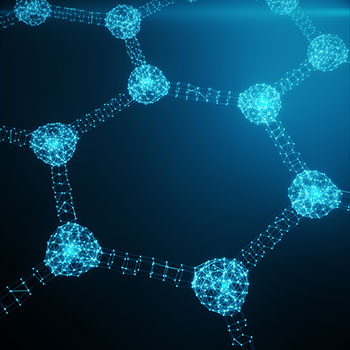 Engineers are developing a new method of processing nanomaterials that could lead to faster and cheaper manufacturing of flexible, thin film devices, such as touch screens and window coatings.
Engineers are developing a new method of processing nanomaterials that could lead to faster and cheaper manufacturing of flexible, thin film devices, such as touch screens and window coatings.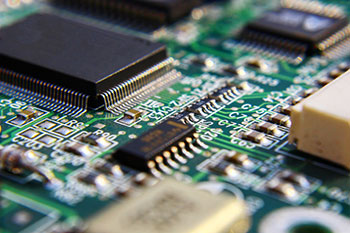 A new process for growing wafer-scale 2D crystals could enable future super-thin electronics.
A new process for growing wafer-scale 2D crystals could enable future super-thin electronics.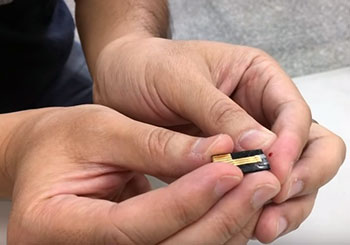
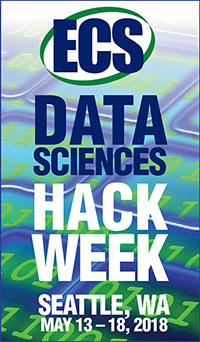
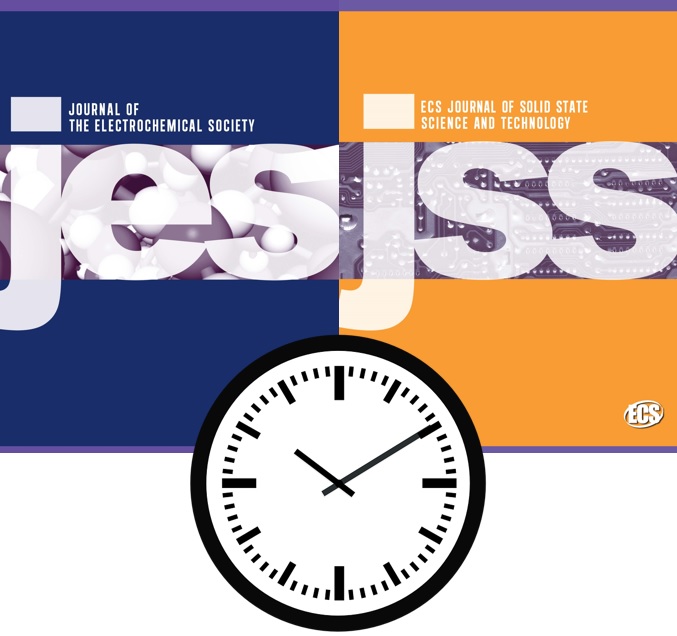 In a recent survey of over 100 corresponding authors who published in ECS journals, over 55% of respondents said the speed from initial manuscript submission to publication was faster than expected, and nearly 25% said it was very fast.
In a recent survey of over 100 corresponding authors who published in ECS journals, over 55% of respondents said the speed from initial manuscript submission to publication was faster than expected, and nearly 25% said it was very fast.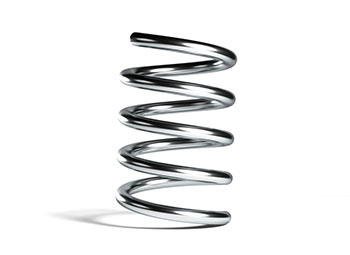 Stress a muscle and it gets stronger. Mechanically stress a new rubbery material—say with a twist or a bend—and it automatically stiffens by up to 300 percent, the engineers say.
Stress a muscle and it gets stronger. Mechanically stress a new rubbery material—say with a twist or a bend—and it automatically stiffens by up to 300 percent, the engineers say. The
The 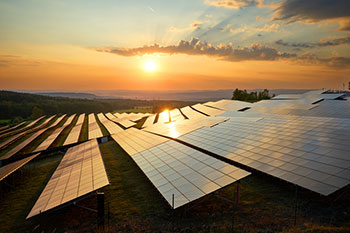 Researchers have developed a new titanium-based material that is a good candidate for making lead-free, inorganic perovskite solar cells.
Researchers have developed a new titanium-based material that is a good candidate for making lead-free, inorganic perovskite solar cells.